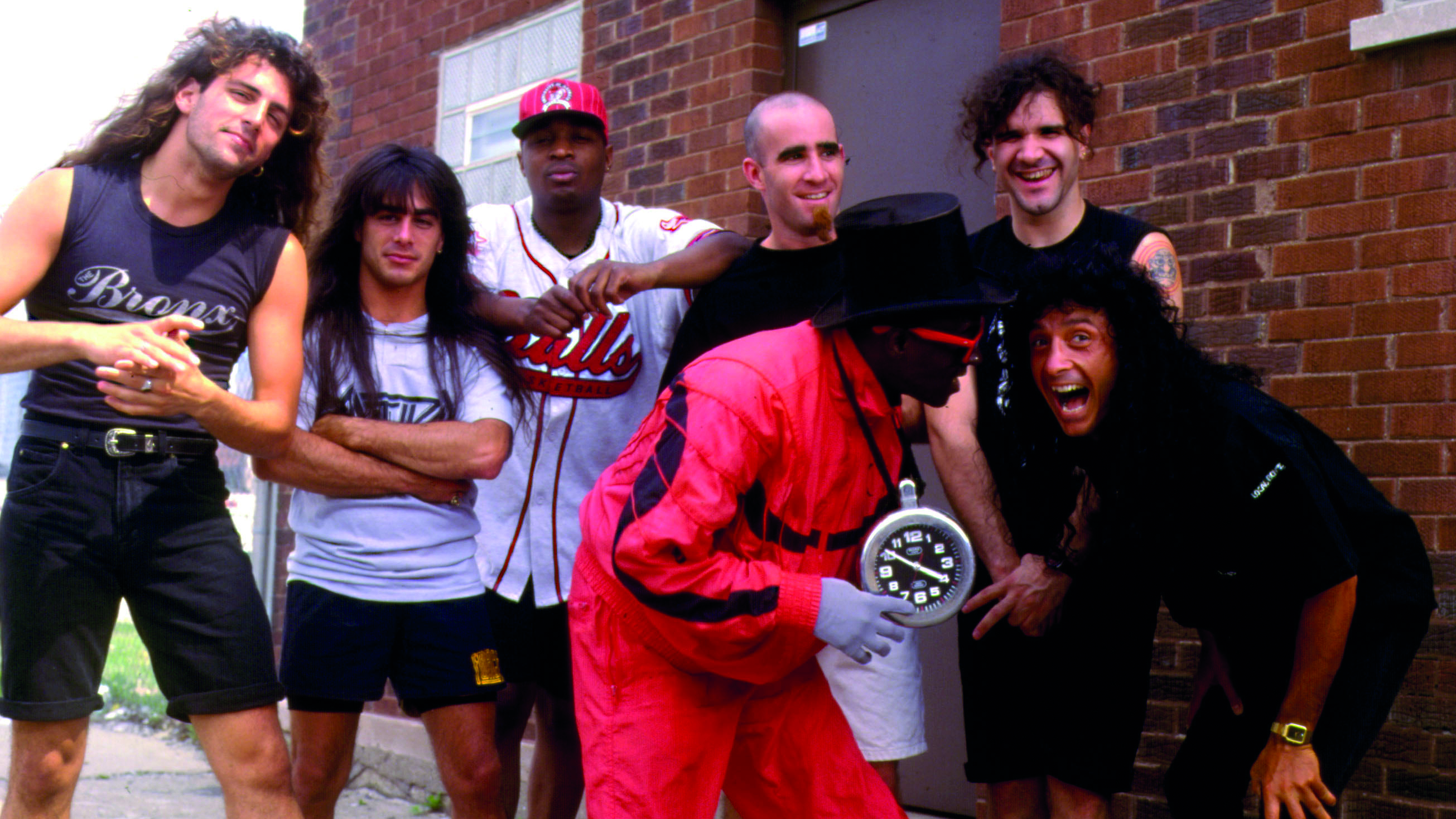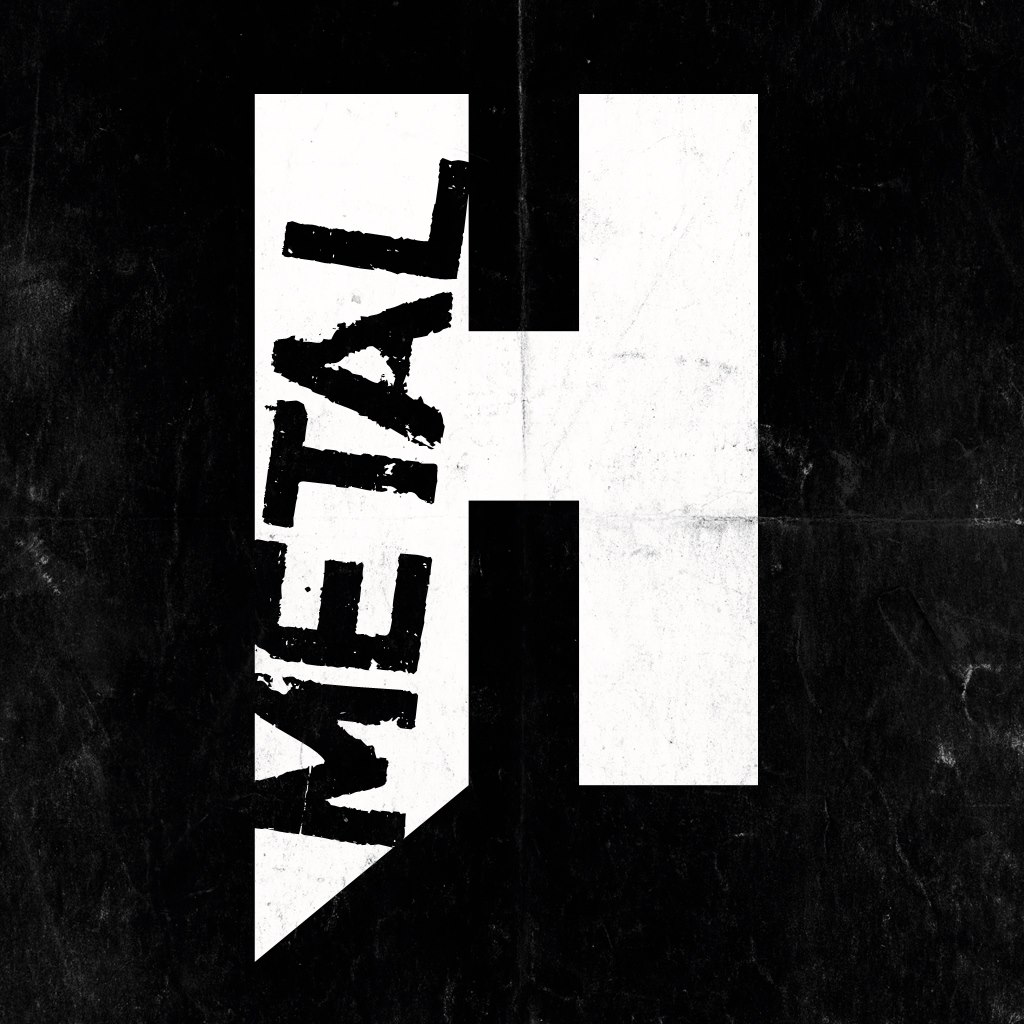We’re 30! Holy shit! To celebrate, we take you through the 30 greatest moments that helped define the heaviest three decades in history. From the rise of extreme to the nu metal explosion and beyond, it’s all here. Horns up!
1987
METAL HITS THE SMALL SCREEN
There was a time when metal on TV was rarer than rocking horse turds. But then a nascent MTV shrewdly acknowledged that there was a huge and passionate metalhead audience out there and that metal videos were, in general, a lot more fun than most. Suddenly, Headbanger’s Ball was born. The long-running show’s impact was immediate and vast and provided a great number of bands with the perfect platform to launch their careers. And it beat the piss out of Antiques Roadshow.
THE GODS OF GRIND
Although they officially formed in 1981, Napalm Death’s status as genre-defining revolutionaries wasn’t secured until the release of their debut album, Scum. Endorsed by Radio 1 legend John Peel, the Brummie crew’s short, sharp bursts of insanely fast extremity not only kickstarted the entire grindcore scene but also contributed greatly to the proliferation of blastbeats and brutal vocals within the world of heavy music. Twenty-nine years later, they’re still around and still more extreme than virtually anything else out there.
1989
THE RISE OF PATTON
Faith No More had caused a stir with their genre-blending sound and first major anthem We Care A Lot in 1985, but it was the replacing of singer Chuck Mosley with a young Californian chap called Mike Patton that proved to be their smartest move. The new lineup’s first album together, The Real Thing, ushered in a whole new era for heavy music, as songs like Epic and From Out Of Nowhere ditched the usual clichés in favour of a box-fresh amalgam of influences that pointed to countless future possibilities.
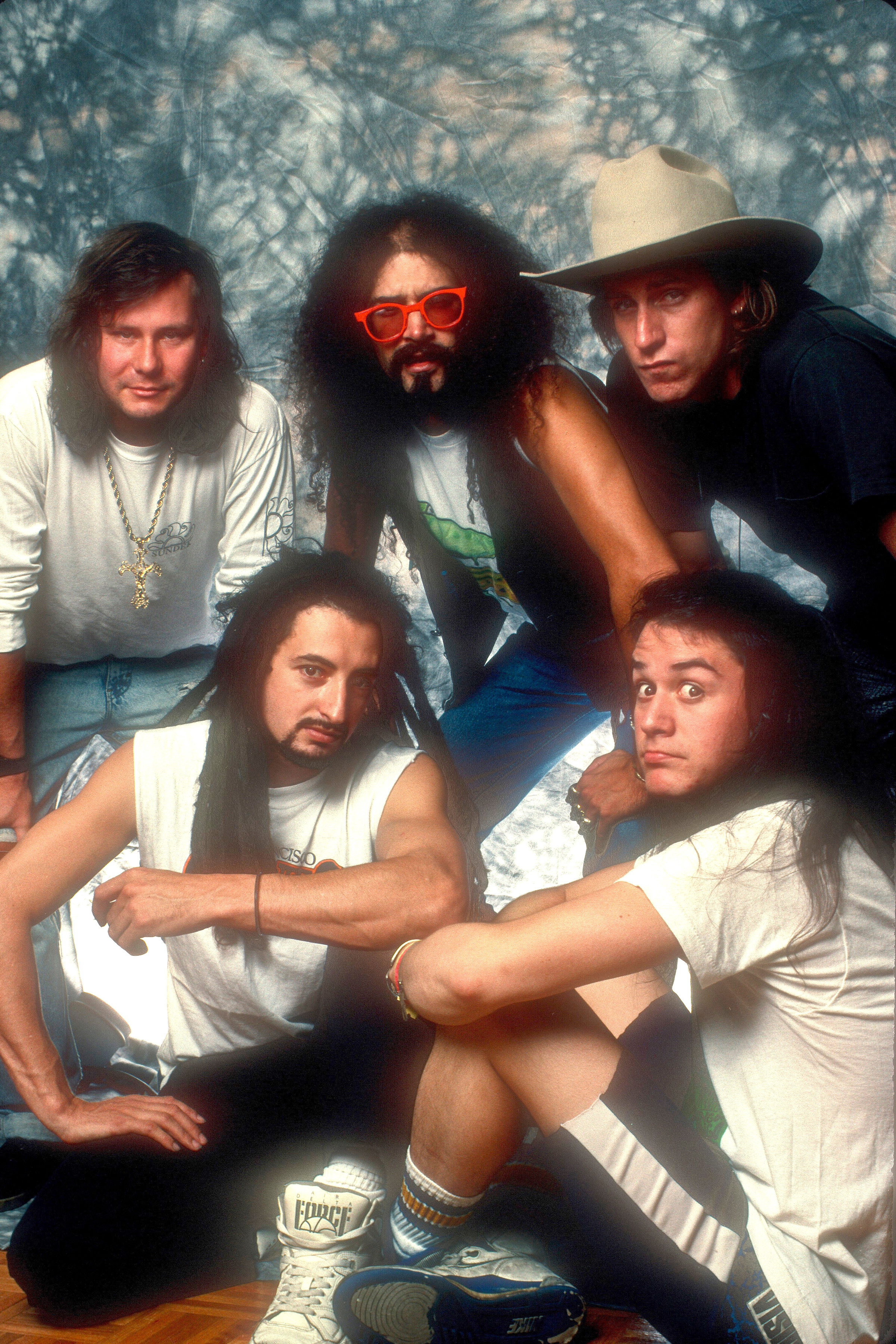
1990
METALLICA WIN A GRAMMY
After being stupidly denied their first Grammy for Best Hard Rock/Metal Performance in 1989, when the gong inexplicably went to prog icons Jethro Tull, Metallica finally got their just rewards 12 months later, picking up the award for the immortal One. Understandably pissed off by their previous Grammys experience, they didn’t even turn up to receive it, but that didn’t stop them from winning again in 1991 and 1992 and on three further occasions since. The Grammys are still total horseshit, mind you.
PANTERA SAVE METAL
If the 90s was a bad decade for metal, how do we explain Pantera? When Cowboys From Hell exploded into our world, it was immediately obvious that predictions of our genre’s demise had been premature: this was a new form of heavy music, delivered with bug-eyed intensity and loaded with riffs and refrains that would resonate throughout the following decade and beyond. Meanwhile, in Philip Anselmo and Dimebag Darrell, metal had two new bona fide megastars.
1991
ANTHRAX AND PUBLIC ENEMY JOIN FORCES
Metal’s alliance with hip hop might have produced some duffers over the years, but when New York’s rap revolutionaries teamed up with Scott Ian’s thrash battalion, nobody was complaining. Released in July 1991, Anthrax and Chuck D’s rampaging take on Public Enemy’s Bring The Noise built on the genre-melding efforts of Run DMC and Beastie Boys, and proved that this was a sonic hybrid with immense potential. Among many others, Rage Against The Machine were definitely listening.
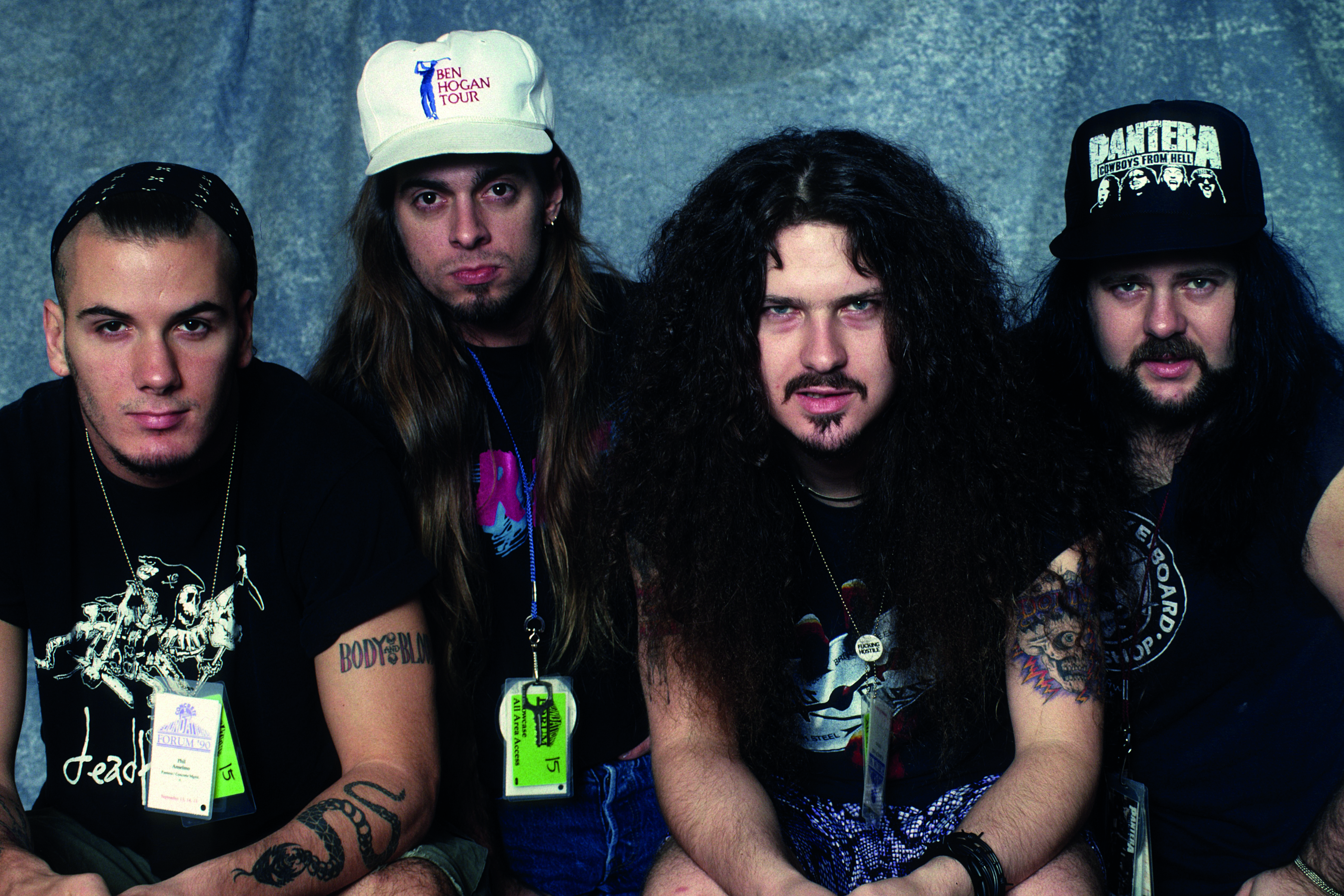
1993
ROADRUNNER HITS THE JACKPOT
Roadrunner Records’ contribution to metal over the last 30 years has been colossal, but it wasn’t until 1993 that the label began to conquer the mainstream. Type O Negative’s second album, Bloody Kisses, was a towering gothic masterwork that cemented the NYC band’s growing reputation, eventually achieving first gold and then platinum status in the US. Roadrunner’s first major triumph, its success even made a few goths smile.
1994
DEATH METAL AT THE MOVIES
Extreme metal on the big screen was an impossible dream until Jim Carrey made the inspired decision to hire Cannibal Corpse to perform live in a scene for his new movie. The film, Ace Ventura: Pet Detective, was a massive hit and introduced mainstream cinema audiences to the delights of watching five hairy troglodytes battering their way through a song called Hammer Smashed Face. A heroic and subversive metal milestone.
KORN REINVENT THE WHEEL
Many of metal’s established acts were beginning to struggle as the 90s progressed, but Korn conjured a brand new way to crush skulls when they emerged from Bakersfield, California, and released their epoch-shattering eponymous debut album in 1994. It would be a few years before the ‘nu metal’ tag was first coined, but by that point Korn had already inspired a generation of bands to take a fresh approach, and while the results were mixed, the new genre breathed life into a flagging scene.
MAYHEM PAINT IT BLACK
Thanks to a few church burnings and bloody murders, Norwegian black metal was notorious by 1994, but the release of scene instigators Mayhem’s first full-length album proved that this underground cult had the music to draw attention away from its more unsavoury aspects. A vicious but eerie assault on the senses, De Mysteriis Dom Sathanas defined the black metal sound once and for all, and remains a revered masterpiece to this day.
- 30 Legendary Rock Stars Who Have Died In Metal Hammer’s Lifetime
- Metal Hammer 30th Anniversary Quiz: The 1980s
- Guns N' Roses' Appetite For Destruction voted best debut of the last 30 years
- The 30 Greatest Metal Debut Albums Of The Last 30 Years
1996
ENTER THE OZZFEST
When Ozzy Osbourne was bizarrely turned down for a slot at US alt-rock festival Lollapalooza (the fools!), his wife and manager Sharon decided to cut out the middle man, and Ozzfest was born. A touring heavy metal festival that embraced both the old school and the nu metal generation, it had a profound impact and demonstrated that if you build an amazing festival with tons of kick-ass bands, metalheads will always turn up in their thousands.
1997
COREY TIES THE ’KNOT
A few months after releasing their Mate. Kill. Feed. Repeat demo, a fledgling Slipknot recruited a new singer early in 1997. His name was Corey Taylor and he was pretty fucking good. Two years later, Slipknot would release their debut album and swiftly become the biggest thing in heavy music since Metallica, despite making music that owed more to Cannibal Corpse than Coal Chamber. Nearly two decades on, Corey is still singing his arse off.
METAL’S IRON MEN REUNITE
When Ozzy Osbourne was sacked from Black Sabbath in 1979, a reunion could hardly have seemed less likely. But in 1997, the singer reconvened with Tony Iommi and Geezer Butler to co-headline Ozzfest alongside Ozzy’s solo band. Drummer Bill Ward completed the reunion later that year and the original Sabbath lineup was back to school a new generation in the ways of maximum heavy, as documented on 1998’s Reunion live album. We are still not worthy.
THE METAL GOD SPEAKS OUT
Despite what cynics may have feared about our world’s underlying attitudes, when Rob Halford first revealed that he was gay during an interview in 1998, the response from the metal world was overwhelmingly positive. Metal’s first LGBT icon remains one of the most admired figures in heavy music and has undoubtedly made it much easier for metalheads of all persuasions to be true to themselves. For that alone, the man is a hero.
BRUCE IS BACK!
In one of the finest reunions in metal history, Bruce Dickinson and guitarist Adrian Smith rejoined the metal giants after years apart. The eventual fruits of that labour – the excellent Brave New World album, which landed in 2000 – would propel them onto a second Golden Age, awash with albums rivalling their classic material, their biggest ever shows and, most intriguingly, their very own plane (more on that later). Plus, it arguably sparked a resurgence in classic heavy metal that dominated the scene for years to come.
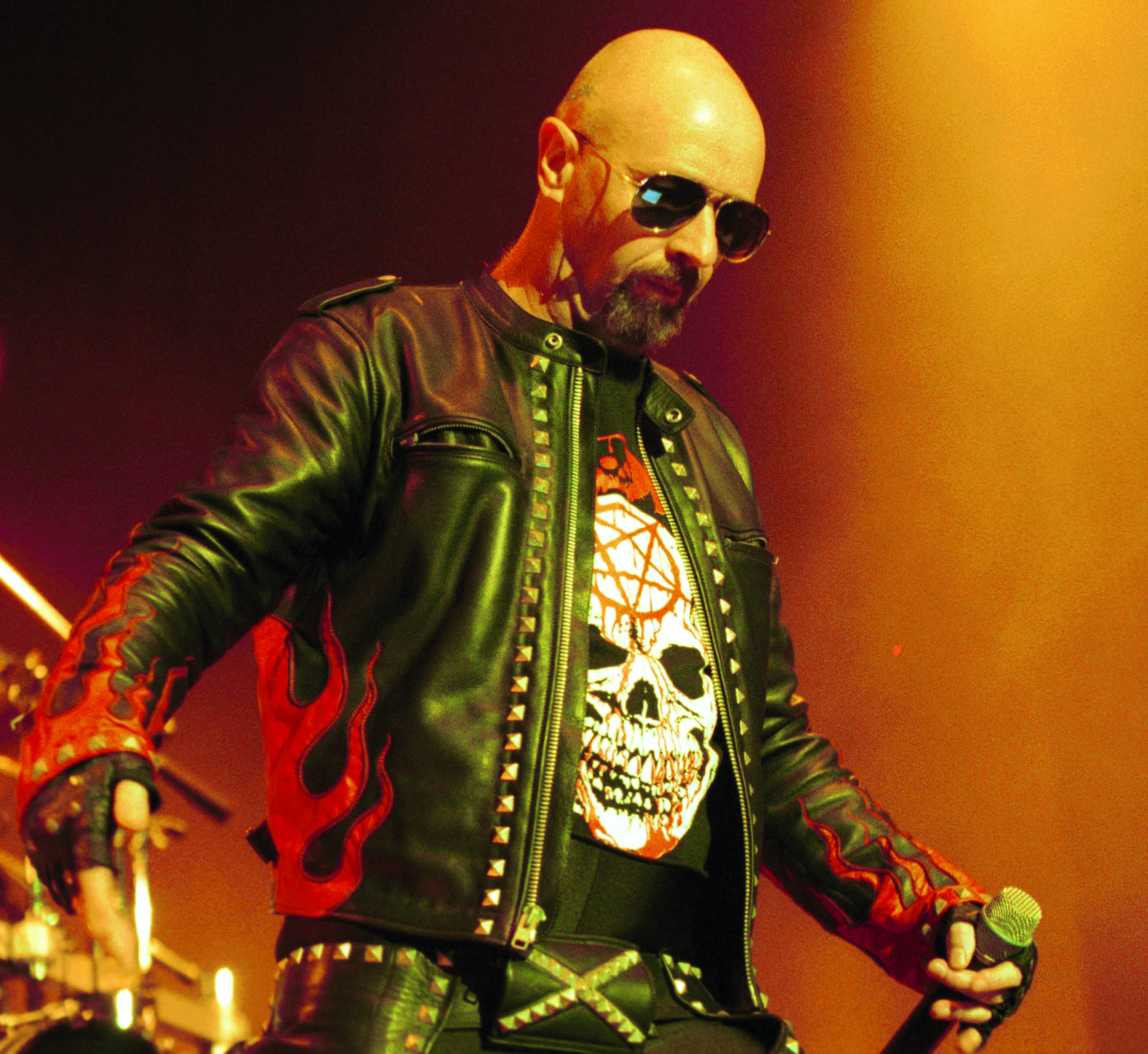
2000
LINKIN PARK LIFT OFF
Unfeasibly huge on a global scale within a few weeks of releasing their debut album, Hybrid Theory, in 2000, Linkin Park provided incontrovertible proof that music with its roots in metal could punch above its weight in the mainstream. Despite the cynicism of many of metal’s more traditional quarters, there’s no denying that they have sold a shitload of albums, influenced a generation and conquered the arena circuit with ease. The 21st century’s first authentic world-beaters.
2001
BONDED BY BLOODSTOCK
Two years before Download brought heavy back to the UK festival scene on a much larger scale, Bloodstock arrived to give the Midlands a much-needed dose of metal majesty. Headlined by Saxon, who would become synonymous with the festival, the first ever Bloodstock Festival debuted to a rabid reception – so much so, that after three similarly successful events, the festival went outside in 2005, and hasn’t looked back since. We’re already impatiently waiting for next year’s…
2002
HOWARD PULLS THE KILLSWITCH
With the nu metal bandwagon desperately stalling in 2002, many fans longed for a return to a more traditional metal style. They got it from the most unlikely source. With the US underground suddenly populated by a plethora of brilliantly savage bands, they needed someone that could carry a tune to take them to a wider audience. So, when the hulking, crooning frame of Howard Jones rolled into Killswitch Engage after the sudden departure of Jesse Leach, the NWOAHM got a standard bearer that has oft been imitated, but rarely bettered.
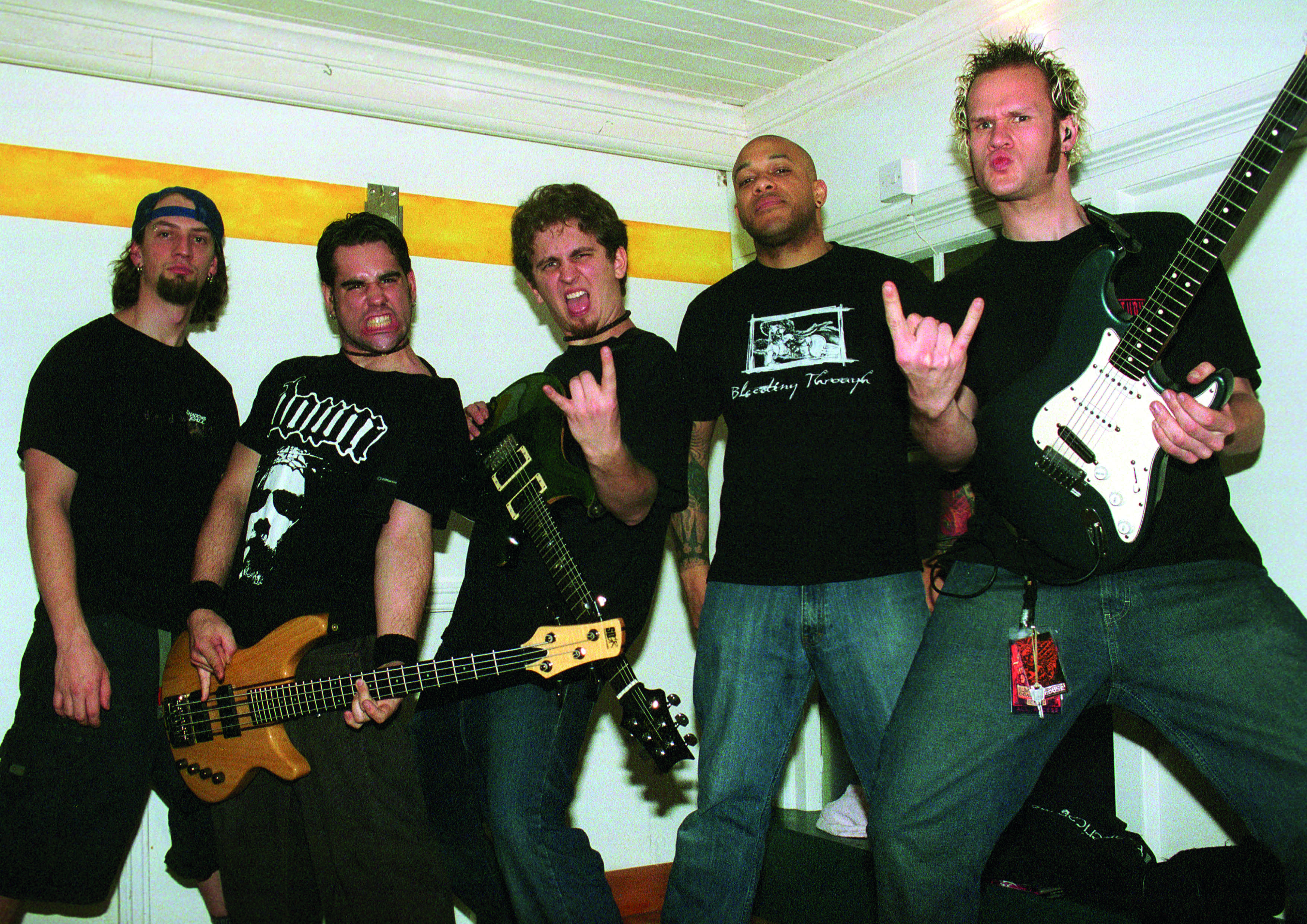
2003
DOWNLOAD IS BORN
As metal faltered in the 90s, so did its representation at major festivals, with the crumbs of an Ozzfest or A Big Day Out the only thing keeping fans sane. So, when it was announced that a new festival would be returning to the hallowed turf of Castle Donington, headlined by Iron Maiden and featuring a surprise second-stage slot from Metallica no less, we all rejoiced. Thirteen years and countless amazing memories on, it’s still the first date on the calendar we ring every year.
2005
TRIVIUM BEGIN THEIR ASCENDANCY
Arguably the set that cemented Download as an event to create Big Moments, Trivium arrived onstage at the ungodly time of 11am for their upgraded Main Stage slot as a promising new band. They left as the future of metal, with both band and audience unable to explain the stunning display they had just witnessed. It was the moment that the new school of metal stood up, with Bullet For My Valentine, Avenged and the rest soon stampeding in after Trivs to conquer the stage over the coming years.
2006
EUROVISION GETS MONSTROUS
The Eurovision Song Contest has always been two things: pure pop and inherently ludicrous. When Finnish glam monsters Lordi were picked to represent their country in 2006, we thought they’d get sneered at and leave with their scaly tails between their legs. But, in a major shock, their Hard Rock Hallelujah actually ended up a clear and easy winner of the prize. Even the usually disgruntled Sir Terry Of Wogan seemed delighted with the result!
2008
ED FORCE ONE TAKES OFF
Maiden reuniting with Bruce Dickinson in ’99 went some way to putting them back on a much-needed upward trajectory, and the brilliant albums that followed saw them rise back to the heights of their 80s heyday. But even their most diehard fanatics couldn’t have possibly envisioned the global headline-making mania that greeted the news that, for their Somewhere Back In Time tour, they’d be wheeling out their own fucking plane.
2009
DOWNLOAD JUMPS THE FUCK UP
No band had come even close to defining metal in the 21st century like the nine masked freaks from Iowa. But, before this point, they had never headlined a major festival on the soil of the first country to really embrace them. When it finally did come, after a decade of toil, the stage was set for the greatest show on Earth. The atmosphere in the crowd that night can still inspire tingled spines and dewy eyes from anyone, band or fan, who was there, and Paul Gray’s tragic passing less than a year later made the sublime even more poignant.
RAGE SMASH THE X FACTOR
For fans of music, rather than soap opera bullshit and karaoke, the UK singles chart’s obsession with putting the winner of The X Factor straight into the Number One spot every December 25 was becoming tedious. So, when a Facebook campaign, sick of smug, high-trouser-wearing pillock Simon Cowell, urged us all to purchase Rage Against The Machine’s classic, expletive-heavy Killing In The Name instead, we responded by delivering the heaviest Number One single ever. And annoyed Cheryl Cole, too! A win-win.
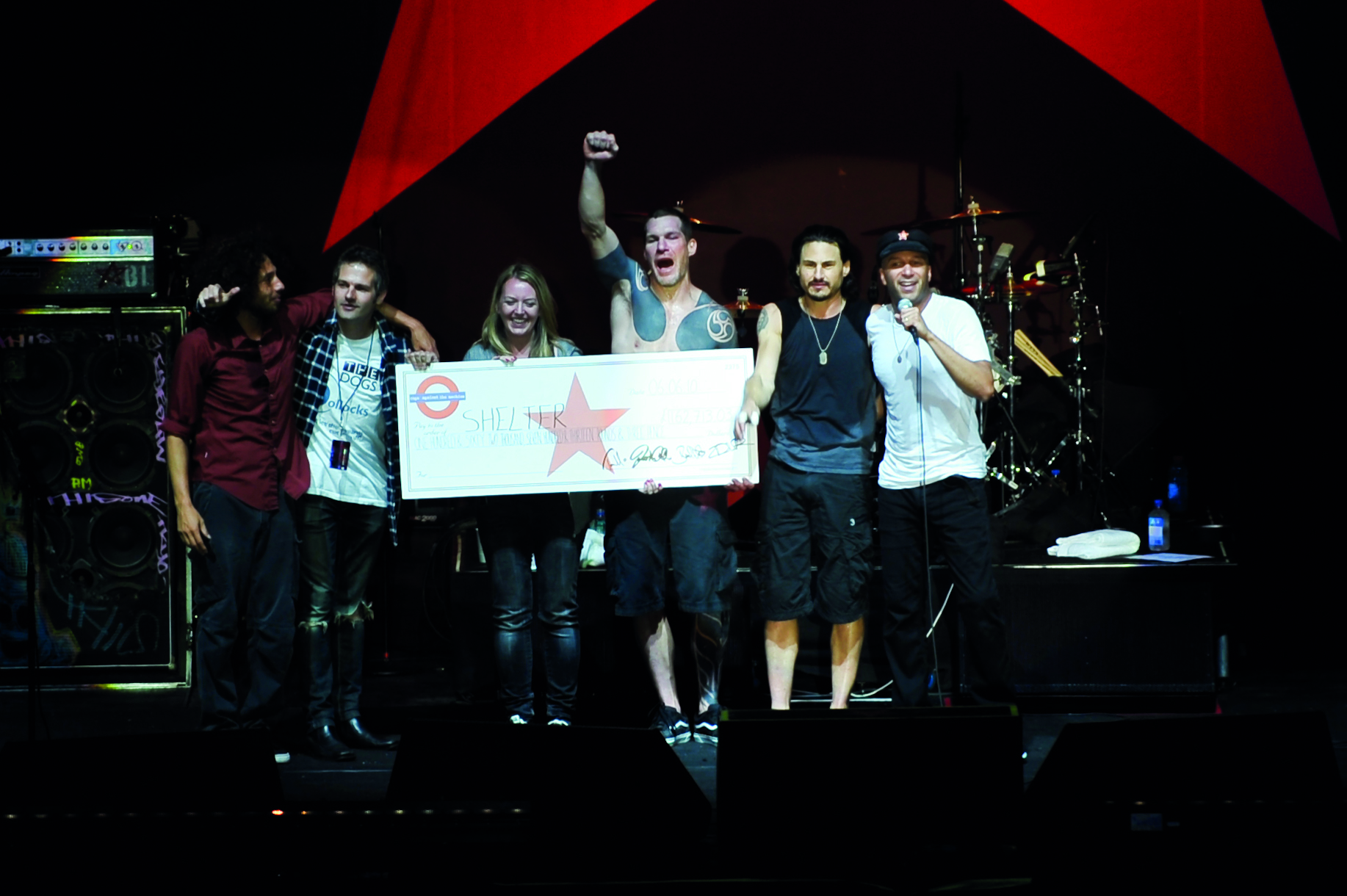
2012
PEDAL TO THE FLOOR
It was always going to be tough for a symphonic, Euro-metal band to conquer these shores, but Nightwish did it despite losing two much-loved singers over the years. After Anette Olzon struggled to fill the shoes vacated by Tarja Turunen, it was left to ex-After Forever singer Floor Jansen to enter the picture, guiding the Finns to a critically acclaimed album and, eventually, headlining Wembley Arena. And she still crushes the old material, too.
RANDY WALKS FREE
In one of the most tragic and difficult stories of metal’s storied history, young Lamb Of God fan Daniel Nosek lost his life after a gig in the Czech Republic – an event which lead to the incarceration of Randy Blythe. It was a situation that could never have a truly happy resolution, but the reaction from the metal community and the simple, dignified way with which Randy carried himself during his manslaughter trial, as captured on their As The Palaces Burn documentary, marked him out as a truly inspirational character in our world.
2013
RETURN OF THE KINGS
They’ve been one of the Millennium’s most divisive bands, but the snotty, brash and cocky kids from Orange County in Avenged Sevenfold finally delivered what their bravado had been threatening all along, when sixth album Hail To The King landed at Number One on both sides of the Atlantic upon the week of its release. In an era when the mainstream all but refuse to touch us, it’s a landmark achievement and proof that we, as a genre, aren’t going anywhere.
METALLICA DO GLASTO
Just when we thought they couldn’t find any new ground to tread (or more excuses to delay that album, the scamps), Metallica brought the heavy to the UK’s biggest and, for the most part, least metal-friendly ‘rock’ festival. Headlining the Pyramid Stage with a joyously fun greatest hits set watched by millions, Metallica opened the door for more heavy music at Glastonbury – a gauntlet picked up by Bring Me The Horizon two years later.
WEMBLEY GETS OPENED UP
Ten years previously, if you had suggested that Bring Me The Horizon would have played a mind-bending headline set at Wembley Arena, people would have thought you’d been sniffing too much hairspray. But, after the metal community finally gave in to the brilliance of Sempiternal, there they were, selling out one of the most prestigious venues on the planet and inciting the largest wall of death Wembley had ever seen.
HAMMERSMITH GOES GOLDEN
Taking our own Golden God Awards to the legendary Hammersmith Apollo, we paid tribute to Motörhead legend Lemmy Kilmister, courtesy of Halestorm, Amon Amarth and Gojira obliterating the iconic stage, and topped off with a special tribute to the man himself via an amazing Saxon-Motörhead mega-jam. Our ears are still ringing. Our hangovers have barely dissipated. We’ll do it all again next year, though, right?
No sleep 'til Metal Hammersmith! Behind the scenes at the 2016 Golden Gods
